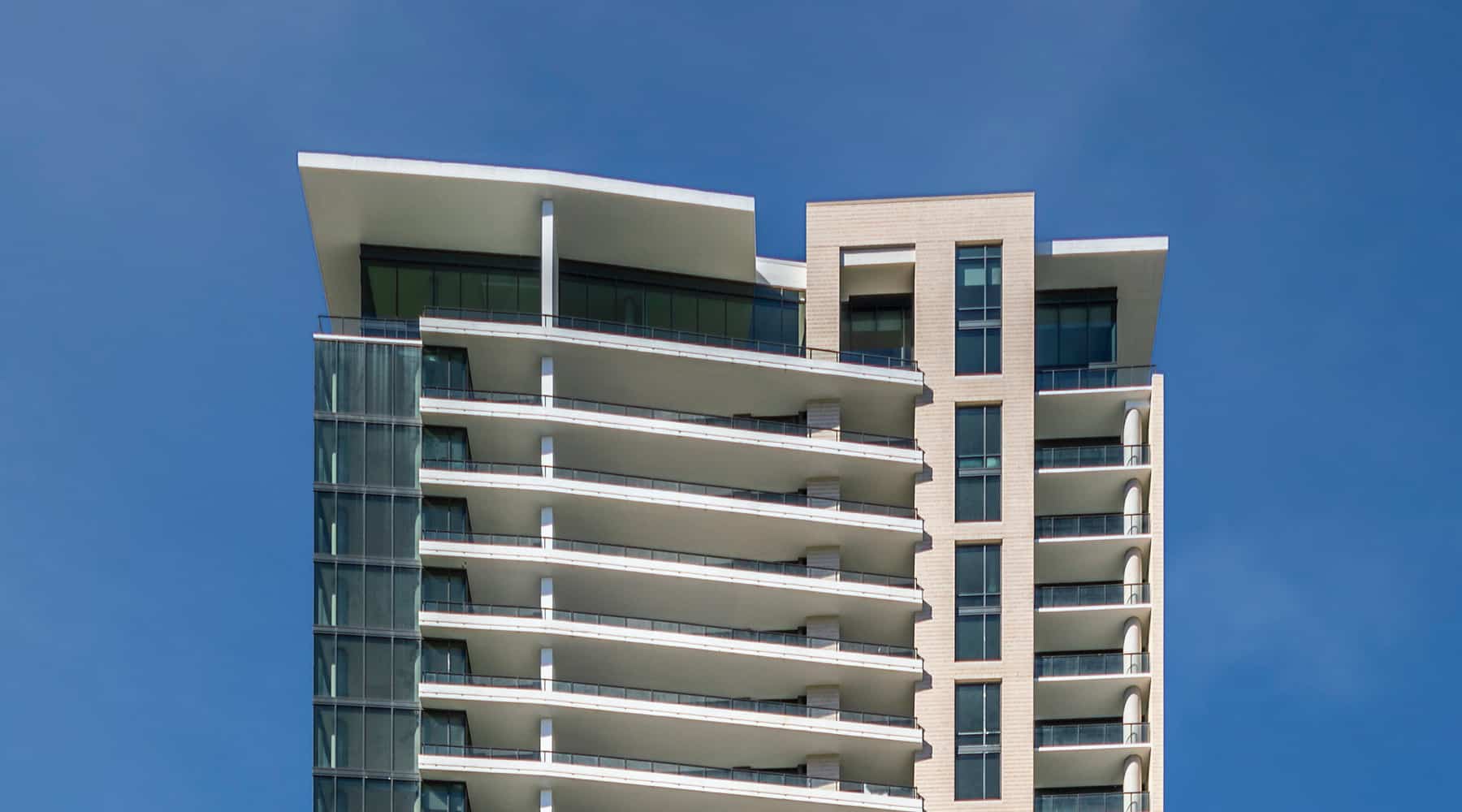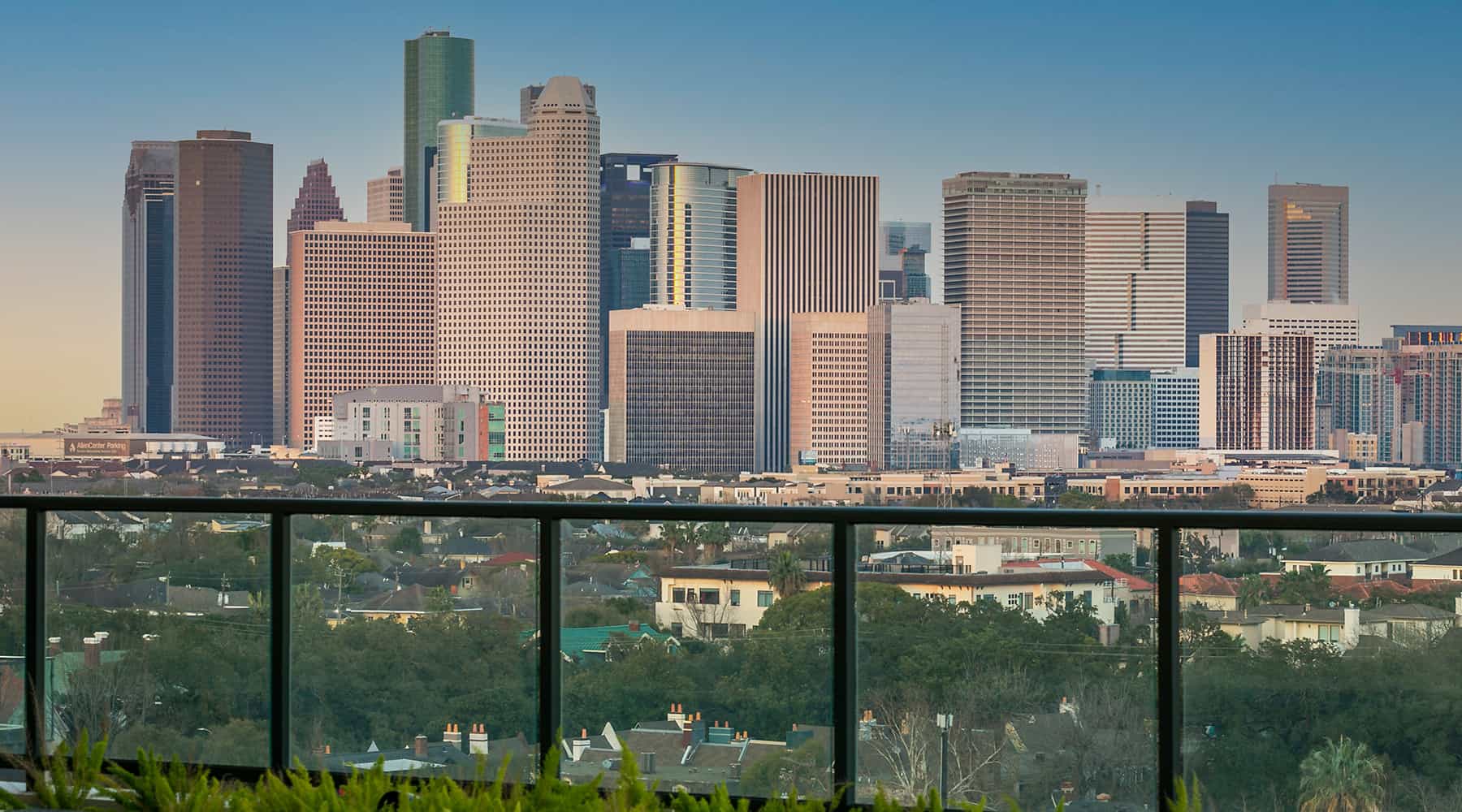Categories
Get Social
Current Weather
72°
Sunny

Last Waltz for landmark hotels 18th century ballroom
Le Grand Salon, built for French royals in the 1730s, will be dismantled and stored to make room for a new luxury apartment building on Montrose Boulevard.
The ballroom space in the boutique hotel La Colombe d’Or will be demolished to make way for a residential high-rise.
Le Grand Salon de la Comtesse has been a place out of time for centuries, a Rococo fantasy room with four walls of quarter-sawn English oak paneling, gilded-frame mirrors and dazzling chandeliers. Built for French royals in the 1730s, the salon is named for the Franco-Belgian princess La Comtesse Elisabeth Greffulhe, a worldly socialite and arts patron who is immortalized as the Duchesse de Guermantes in Marcel Proust’s “Remembrance of Things Past.” She gussied up the ballroom with gray paint — the fashion of her day—when she installed it in her husband’s hunting lodge in 1891.
Measuring 45-by-65 feet, the room seems an unlikely vagabond. Yet it has migrated, off and on, for about 300 years—across France, then across the Atlantic Ocean to a warehouse in Galveston County and finally to its current location as the ballroom at La Colombe d’Or, the boutique luxury hotel and restaurant on Montrose Boulevard owned by Houston businessman Steve Zimmerman. But now, LeGrand Salon is about to waltz out of sight again. Starting Monday, it will be dismantled and stored to makeway for a new luxury apartment building. Zimmerman has wanted to add residences to his property for decades.
Market forces finally have made it feasible, although it means sacrificing the ballroom, whose Louis XV opulence seems to have no comfortable role in a city filling with sleek, contemporary high-rises. When Zimmerman bought the salon’s components in 1995, they had been crated and stacked for 33 years in a blimp hangar in Hitchcock. As legend has it, the owner, oil tycoon John Mecom Sr., labeled his shipment “bric-a-brac” to avoid paying duties on what amounted to a monumental 18th century antique. Mecom was amassing other entire rooms in the 1960s, too — including a vintage Paris Metro station and Marie Antoinette’s bathroom — thus the need for the hangar, at the former Hitchock Naval Air Station he bought as war surplus.
Mecom’s son, John Mecom Jr., made Zimmermanadeal he couldn’t refuse on the beat-up panels. Zimmerman had the wood grain painstakingly restored and built a stucco structure to house the room adjacent to La Colombe d’Or. His bankers balked at the $2 million project, arguing that he could have built a ballroom from scratch for half the price. Weddings and lavish parties at Le Grand Salon, however, have been the hotel’s bread and butter for 20 years, keeping it afloat as lunch and dinner business has ebbed and flowed with the oil economy. The Zimmerman family is partnering with the global developer Hines and TH Real Estate to build the Residences at La Colombe d’Or, where the ballroom building currently sits. After the dismantling crew catalogs the salon’s parts, which have not been appraised, the stucco shell Zimmerman built to house them will be demolished to make way for the 34-story high-rise. Designed by Munoz + Albin, with interiors by Rottet Studio, the sleek tower of brick, limestone and glass will consume 70 percent of Zimmerman’s acre-sized plot, bringing 285 multi-family rental units and about 15 more hotel rooms.
Zimmerman will continue to own and operate La Colombe d’Or, which will get a $10 million makeover and a restaurant upgrade. His original building will be joined at the hip to the tower, via an arcade and a central courtyard. Residents and hotel guests in both buildings will share a slew of luxury amenities, including the tower’s 10th-level swimming pool and the courtyard’s sculptures, fountains and an outdoor fireplace.
La Colombe d’Or already has a less simpatico neighbor, dwarfed on its north side by the 29-story Hanover Montrose tower, which opened in 2016. Some preservationists are pleased that Hines has found a way to save the historic original building, one of the last vestiges of Montrose Boulevard’s first incarnation as a street of gracious mansions. But inevitably, a higher, denser Montrose is coming, and other historical properties in the area easily could disappear. More than a half-dozen luxury high-rises have risen in the Montrose area and Museum District in recent years. One of the most chic, Hines’ Southmore, towers over a beautiful stucco mansion on Caroline Street whose owners refused to sell.
Highly walkable area David Crossley, founder of the research institute Houston Tomorrow, doesn’t think progress is entirely bad — even if Montrose Boulevard were to become a canyon of high rises, like Wilshire Boulevard in Los Angeles. But he is concerned that Harold and Yoakum streets, where the Residences’ front doors and valets will be, are not built to handle the increased traffic. “It’s sort of tacky to stick it in a neighborhood rather than fronting Montrose,” Crossley said. The tower should be near a transit station, he added. “And what’s this much density going to mean at Kroger at 5:30?” Montrose Boulevard has been an open field for property owners since the 1930s, when the second of Houston’s five “great zoning wars” took place, said architectural historian Stephen Fox, who teaches at Rice University.
Pro-zoning advocates have always lost, and today the boulevard is a quintessential, eclectic Houston mix with a bohemian spirit but no cohesive character. With a number of other prime properties also ripe for redevelopment, the area will never be a historic district, Fox said. He calls it “an area with a history and some signature houses left.”
Ben Brewer, executive director of the embattled Montrose Management District, said Montrose offers an opportunity unlike most other Houston neighborhoods “because it really is walkable.” Kevin Batchelor, senior managing director for Hines’ southwest region, said “walk scores” — ratings based on the number of desirable things people can potentially access by foot — are everything in the real estate investment world. Montrose Boulevard has one of the highest “walk scores” of any location in the city — 92 points out of 100, he said. The Southmore, across the street from Asia Society Texas Center, is still only 50 percent leased; but Batchelor is bullish on a market recovery by the time the Residences opens in 2020.



